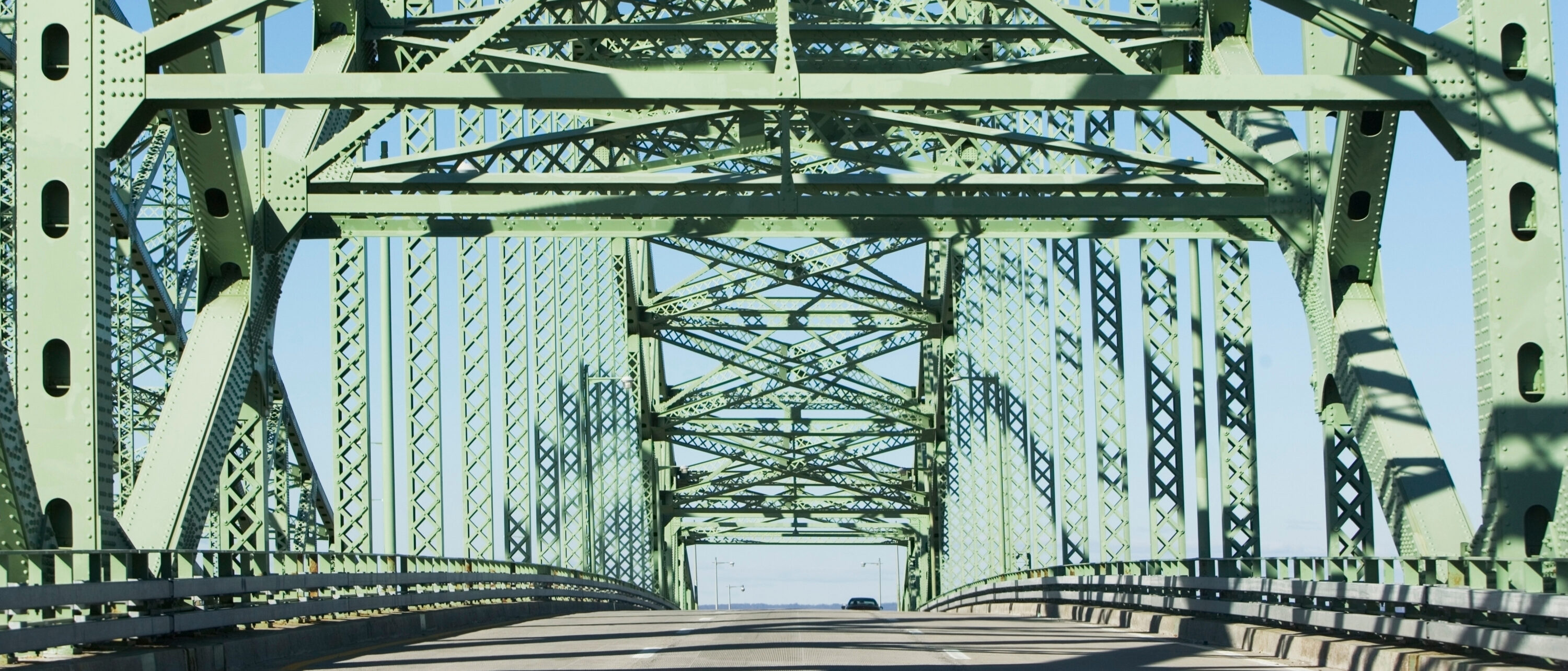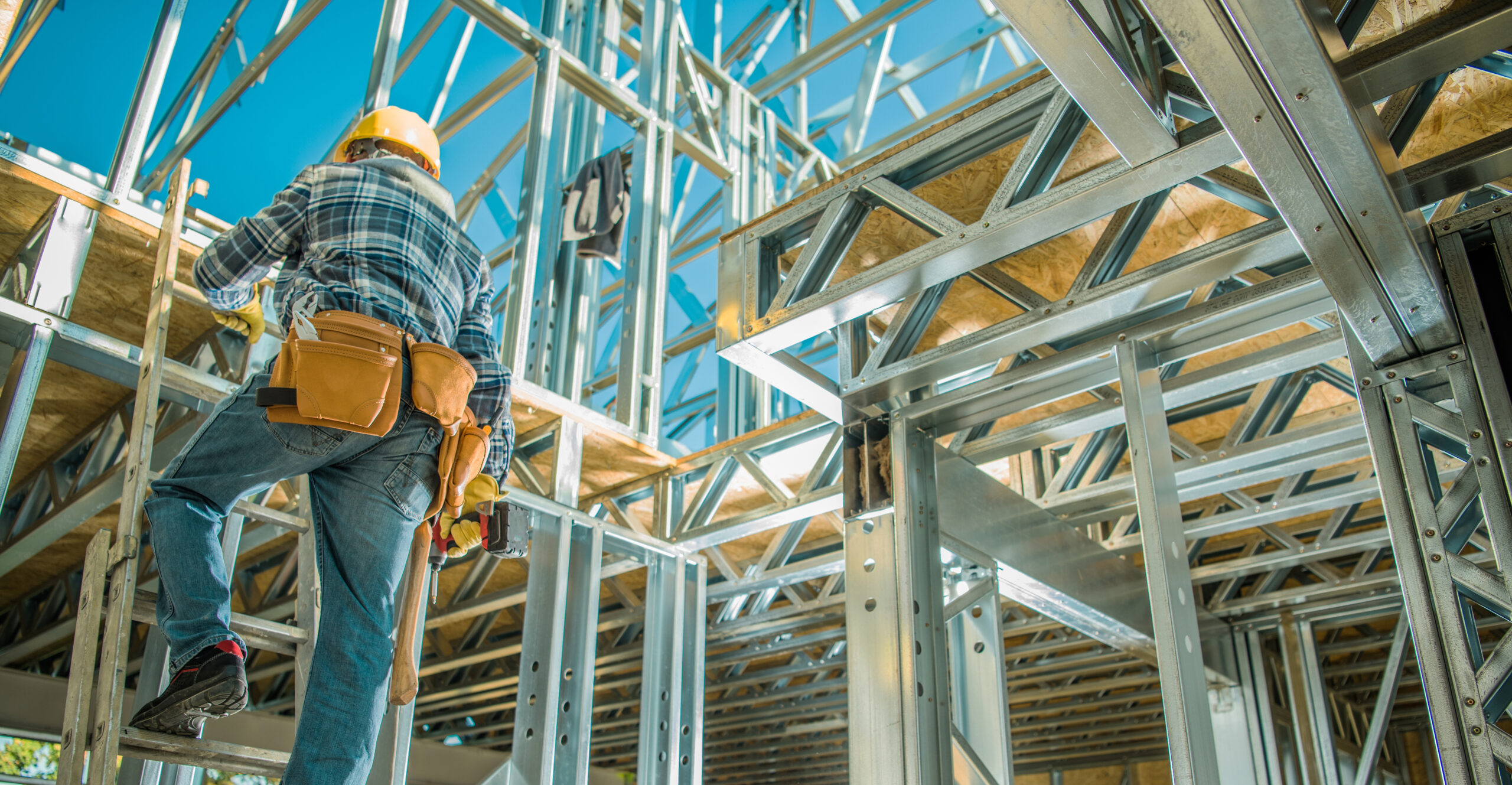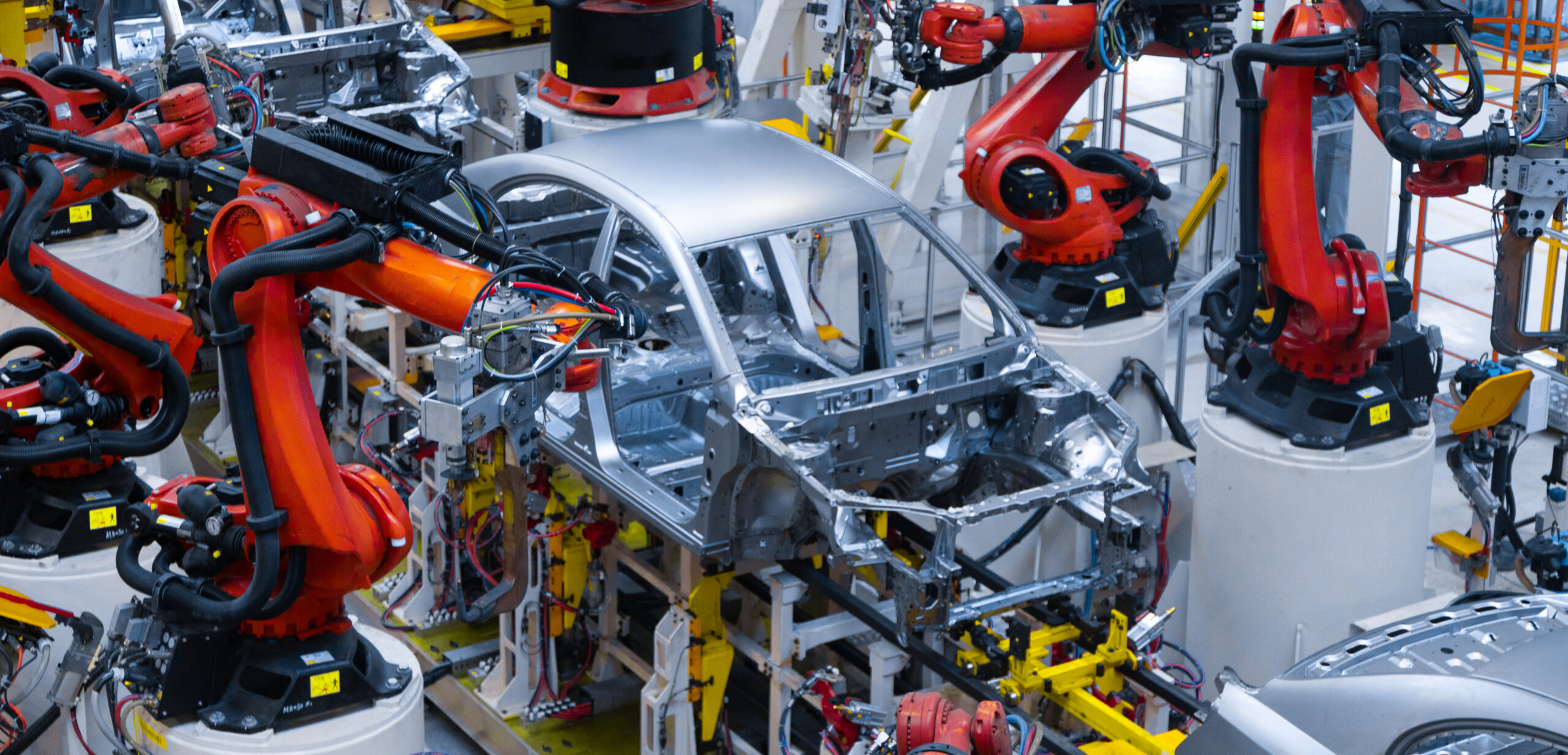
It’s Time to Modernize the Steel Industry
Steel is among the world’s most widely used materials – from buildings to bridges, cars to ships, electrical appliances to toolboxes, it’s found in nearly every aspect of modern life. At the same time, the steel industry is a major global polluter, responsible for over 7% of the world’s greenhouse gas emissions. Even though steelmaking can be decarbonized by using cleaner, more sustainable technologies, most new (primary) steel is still made using 14th-century blast furnace technology that burns coal, harming our health and climate. In the United States, eight remaining integrated steel mills burn massive amounts of coke made from coal in blast furnaces to make iron and steel. Each steel mill emits roughly as much carbon dioxide as a coal-fired power plant.

- Blast furnaces spew toxic pollution into neighboring communities, including heavy metals and particulate matter. “This pollution has been linked to serious harms for people including premature death, and increased rates of chronic obstructive pulmonary disease (COPD), asthma, lower respiratory tract infections, cardiac disease, and cancer. Because steel mills have historically been built in or adjacent to low-income communities and communities of color, these communities have borne the brunt of the health hazards related to steel mill air pollution and water contamination.
- With the introduction of new policies like the Inflation Reduction Act and other public investments in decarbonization across the globe, building new blast furnaces or extending the life of existing ones is a misguided move. Market demand for green steel is rising. Steelmakers can gain a competitive edge by investing in green steel today.
- As more and more countries and steel buyers seek to reduce their emissions, blast furnaces could become obsolete in the coming years, leaving the steel industry with stranded assets worth between $345 billion and $518 billion.
- It’s time steelmakers ditch the dirty blast furnaces of the past and invest in fossil-free steel today for the health and future of our climate, communities, and steel producers’ viability and own financial health.

What is green steel?
- Green primary steel is produced from iron ore without coal or other fossil fuels. A proven method of ironmaking known as direct reduced iron (DRI) can be powered by green hydrogen to produce fossil-free steel.
- Fossil-free steel is possible today. Facilities using this technology are currently under construction in Europe. Still, the U.S. has no new facilities in the works plans for new facilities, and current DRI plants are reliant on methane gas.
Automakers require higher-grade steel than other sectors. Can green steel deliver the quality that automakers need?
Yes! Automotive-grade steel has certain properties, including low levels of residual elements like copper and nickel, which affect mechanical performance. These impurities are difficult to remove through simple metallurgical processes, but direct reduced iron (DRI) facilities can produce green automotive-grade steel with even lower levels of residual elements than blast furnace steel.

How can we usher in the Green Steel transition? Public pressure, public dollars, and purchasing power
- Steelmakers must develop and disclose clear targets and plans for producing 100% fossil-free steel.
- Major steel buyers like automakers must develop and disclose targets for purchasing 100% green steel to send a powerful demand signal to green steel producers, investors, and policymakers.
- Policymakers need to establish incentives and increase public support for steelmakers to upgrade their operations to green steel production.